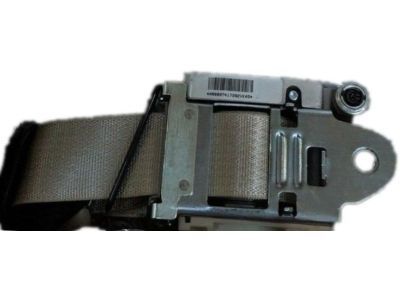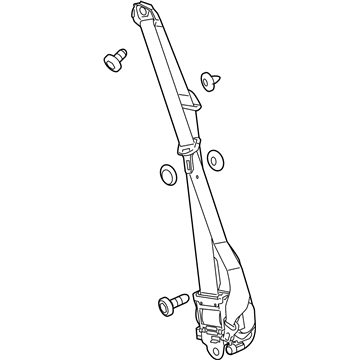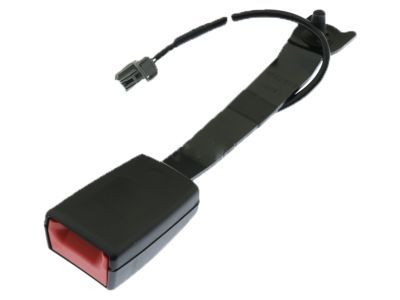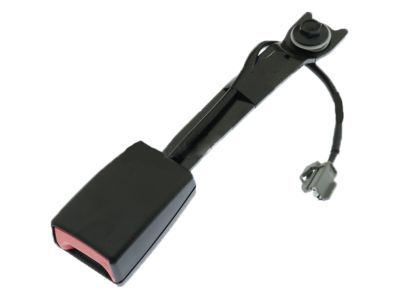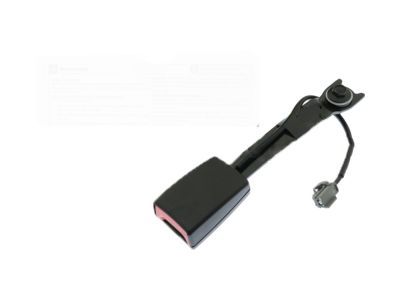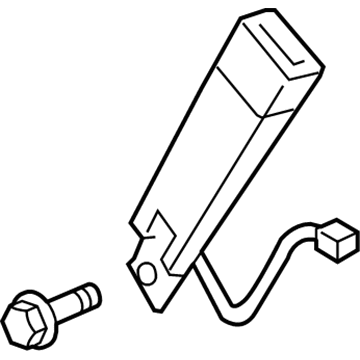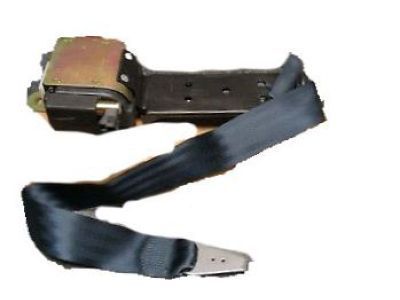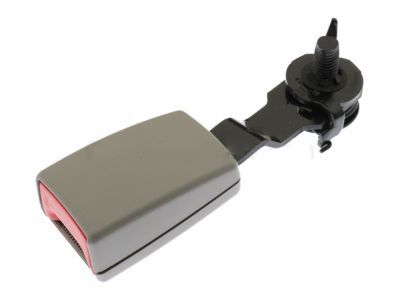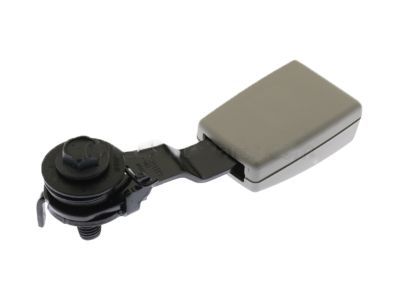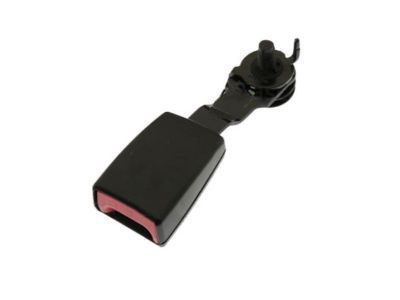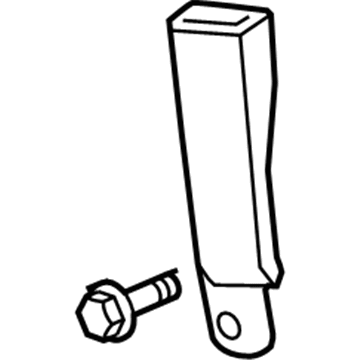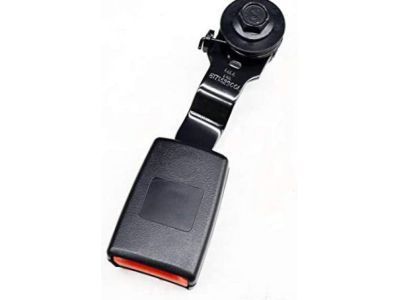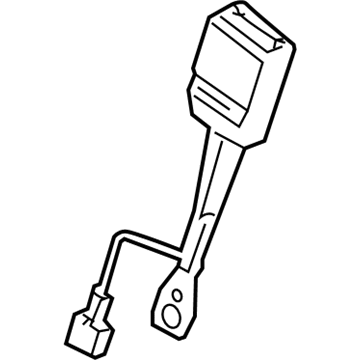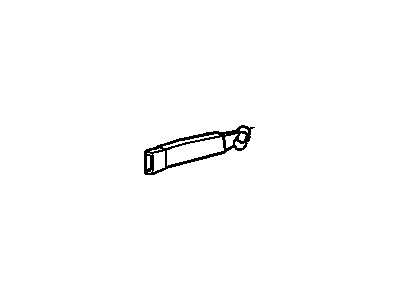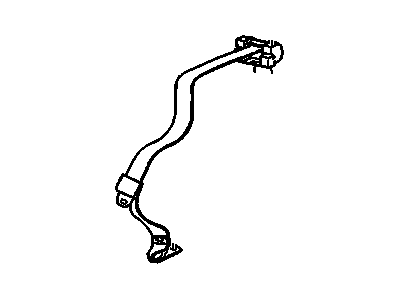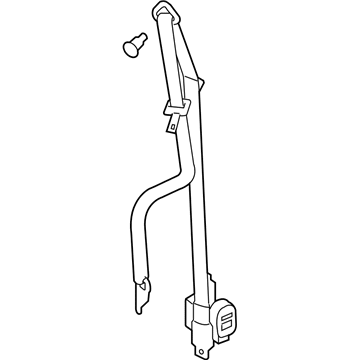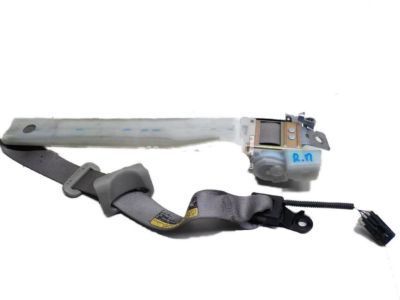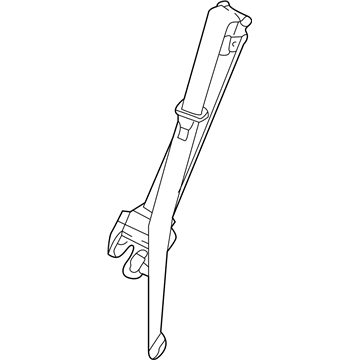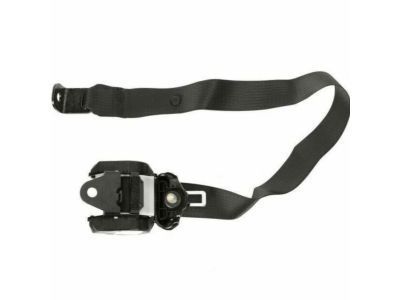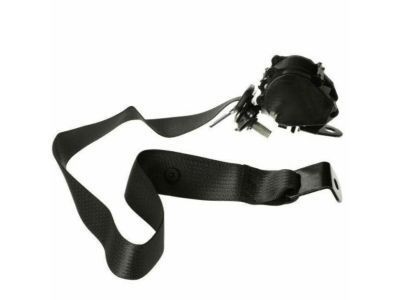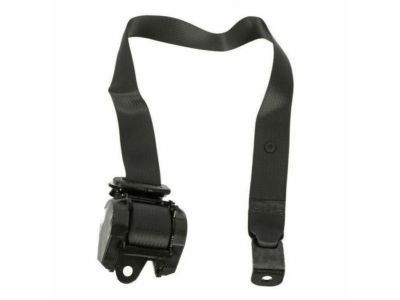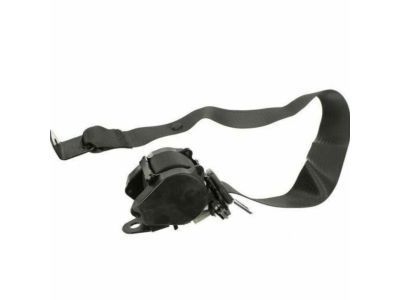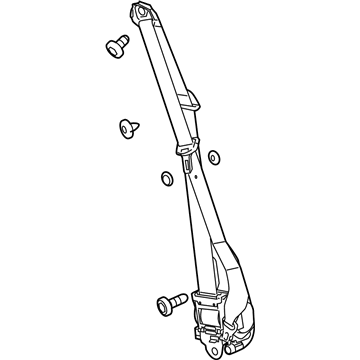ChevyParts
My Garage
My Account
Cart
OEM Buick Seat Belt
Seat Safety Belt- Select Vehicle by Model
- Select Vehicle by VIN
Select Vehicle by Model
orMake
Model
Year
Select Vehicle by VIN
For the most accurate results, select vehicle by your VIN (Vehicle Identification Number).
1102 Seat Belts found

Buick Lap & Shoulder Belt, Passenger Side Part Number: 19257947
$185.49 MSRP: $277.32You Save: $91.83 (34%)Ships in 1-3 Business DaysProduct Specifications- Other Name: Belt Kit, Passenger Seat (Retractor Side) (W/Pre-Tensioner) *Neutral; Belt & Retractor; Belt Kit, Seat Belt
- Position: Passenger Side

Buick Buckle End, Driver Side Part Number: 19300365
$141.40 MSRP: $211.41You Save: $70.01 (34%)Ships in 1-2 Business DaysProduct Specifications- Other Name: Belt Kit, Driver Seat (Buckle Side) *Ebony; Buckle; Latch; Belt Kit, Seat Belt
- Position: Driver Side
- Replaces: 19299653

Buick Lap & Shoulder Belt, Driver Side Part Number: 19257946
$204.41 MSRP: $305.61You Save: $101.20 (34%)Product Specifications- Other Name: Belt Kit, Seat Belt; Belt & Retractor
- Position: Driver Side

Buick Center Buckle, Titanium, Rear Driver Side Part Number: 19301277
$142.69 MSRP: $213.33You Save: $70.64 (34%)Ships in 1-2 Business DaysProduct Specifications- Other Name: Belt Kit, Rear Seat (Buckle Side) *Light Titanium; Buckle End; Outer Buckle; Latch; Belt Kit, Seat Belt
- Position: Rear Driver Side
- Replaces: 19257113, 19181956, 19210094

Buick Buckle End, Passenger Side Part Number: 19301279
$150.27 MSRP: $224.66You Save: $74.39 (34%)Ships in 1-3 Business DaysProduct Specifications- Other Name: Belt Kit, Seat Belt; Outer Buckle; Latch
- Position: Passenger Side
- Replaces: 19181959

Buick Center Buckle, Driver Side Part Number: 19301276
$142.69 MSRP: $213.33You Save: $70.64 (34%)Ships in 1-3 Business DaysProduct Specifications- Other Name: Belt Kit, Seat Belt; Buckle End; Outer Buckle; Latch
- Position: Driver Side
- Replaces: 19181955, 19257112, 19210093
Buick Lap & Shoulder Belt, Passenger Side Part Number: 19355557
$127.99 MSRP: $191.35You Save: $63.36 (34%)Ships in 1-3 Business DaysProduct Specifications- Other Name: Belt Kit, Seat Belt; Outer Belt Assembly
- Position: Passenger Side
- Replaces: 19330963
Buick Lap & Shoulder Belt, Rear Passenger Side Part Number: 19330958
$127.99 MSRP: $191.35You Save: $63.36 (34%)Ships in 1-3 Business DaysProduct Specifications- Other Name: Belt Kit, Rear Seat (Retractor Side) *Ebony; Belt & Retractor; Outer Belt Assembly; Belt Kit, Seat Belt
- Position: Rear Passenger Side
- Replaces: 19301103, 19299649, 19181981
Buick Buckle, Driver Side Part Number: 19258688
$113.62 MSRP: $169.87You Save: $56.25 (34%)Ships in 1-3 Business DaysProduct Specifications- Other Name: Belt Kit, Driver Seat (Buckle Side) *Neutral; Latch; Belt Kit, Seat Belt
- Position: Driver Side
Buick Lap & Shoulder Belt, Titanium, Driver Side Part Number: 19178510
$35.95 MSRP: $308.09You Save: $272.14 (89%)Ships in 1-2 Business DaysProduct Specifications- Other Name: Belt Kit, Seat Belt; Outer Belt Assembly
- Position: Driver Side
- Replaces: 19153241
Buick Lap & Shoulder Belt Part Number: 12530955
$152.15 MSRP: $227.48You Save: $75.33 (34%)Ships in 1-3 Business DaysProduct Specifications- Other Name: Belt Kit, Seat Belt; Retractor
- Position: Rear
Buick Lap & Shoulder Belt, Titanium, Driver Side Part Number: 19178512
$29.08 MSRP: $43.28You Save: $14.20 (33%)Ships in 1-2 Business DaysProduct Specifications- Other Name: Belt Kit, Seat Belt; Outer Belt Assembly
- Position: Driver Side
- Replaces: 19153243
Buick Lap & Shoulder Belt, Rear Part Number: 12530958
$130.17 MSRP: $194.61You Save: $64.44 (34%)Ships in 1-3 Business DaysProduct Specifications- Other Name: Belt Kit, Rear Seat Retractor Side *Graphite; Rear Belt Assembly; Retractor; Belt Kit, Seat Belt
- Position: Rear
Buick Lap & Shoulder Belt, Rear Center Part Number: 19260231
$100.29 MSRP: $143.51You Save: $43.22 (31%)Ships in 1-3 Business DaysProduct Specifications- Other Name: Belt Kit, Rear Seat Center (Retractor Side) *Ebony *Ebony; Center Seat Belt; Latch
- Position: Rear Center
- Replaced by: 19301282
Buick Lap & Shoulder Belt, Red, Rear Part Number: 12530956
$158.74 MSRP: $237.33You Save: $78.59 (34%)Ships in 1-3 Business DaysProduct Specifications- Other Name: Belt Kit, Rear Seat Retractor Side *Red; Belt Kit, Seat Belt
- Position: Rear
Buick Lap & Shoulder Belt, Passenger Side Part Number: 19301106
$240.56 MSRP: $359.66You Save: $119.10 (34%)Ships in 1-3 Business DaysProduct Specifications- Other Name: Belt Kit, Passenger Seat (Retractor Side) (W/Pre-Tensioner) *Ebony; Belt & Retractor; Belt Kit, Seat Belt
- Position: Passenger Side
- Replaces: 19257680

Buick Lap & Shoulder Belt, Gray, Front Passenger Side Part Number: 19177471
$134.58 MSRP: $201.21You Save: $66.63 (34%)Product Specifications- Other Name: Belt Kit, A50 - Front Bucket Seat; Belt & Retractor; Belt Kit, Deluxe
- Position: Front Passenger Side
- Replaces: 19148780, 89024777

Buick Lap & Shoulder Belt, Driver Side Part Number: 19301097
$124.62 MSRP: $186.32You Save: $61.70 (34%)Product Specifications- Other Name: Belt Kit, Seat Belt; Outer Belt Assembly
- Position: Driver Side
- Replaces: 19181989, 19299641, 19210087
Buick Lap & Shoulder Belt, Titanium, Driver Side Part Number: 19355566
$127.99 MSRP: $191.35You Save: $63.36 (34%)Product Specifications- Other Name: Belt Kit, Seat Belt; Outer Belt Assembly
- Position: Driver Side
- Replaces: 19330953, 19301099, 19206125, 19299643
Buick Lap & Shoulder Belt, Rear Driver Side Part Number: 19256884
$200.28 MSRP: $299.43You Save: $99.15 (34%)Product Specifications- Other Name: Belt Kit, A68 - Rear Folding Seat; Belt & Retractor; Belt Kit, Seat Belt
- Position: Rear Driver Side
| Page 1 of 56 |Next >
1-20 of 1102 Results
Buick Seat Belt
Choose OEM Seat Belt, you're making the optimal decision for superior quality and perfect performance. You can feel confident because each component goes through stringent quality checks. Every part is carefully built to comply with Buick's factory specifications. You'll enjoy a smooth, worry-free installation that fits just right. At ChevyPartsGiant.com, you'll find it easy to get top-quality OEM Buick Seat Belt. You can shop at highly competitive prices and protect your budget. All our genuine Buick parts include a dependable manufacturer's warranty. You'll also appreciate our straightforward return policy and swift delivery services for extra convenience.
Buick Seat Belt Parts and Q&A
- Q: Should seat belts be inspected and replaced after a collision to ensure safety on Buick Enclave?A:Inspection and seat belt repair takes priority after a crash occurrence in order to maintain safety standards. A seat belt system subject to deployment of automatic restraint devices must receive new installation following serious collisions. The testing includes examination and replacement of safety systems for adults and child restraints and infant carriers and booster seats which utilizes the latch system and top tether anchorages. The replacement of seat belts must include adult belts and integrated child safety systems as well as components of the latch interface. You must change the seat belt system when you see "replace" or "caution" or get a yellow tag although replacing the seat belt because of a visible child seat caution label should not be done. A seat belt system replacement should be carried out whenever the inspector cannot determine its condition with certainty. After vehicle collisions one must avoid replacing single parts of the seat belt system since the entire assembly starting from the buckle through the guide and retractor needs replacement. The seat belt system needs replacement only when visible damage appears in aftermaths of minor collisions without automatic restraint deployment.
- Q: Should seat belt systems be replaced after a collision, and what conditions warrant their replacement on Buick Regal?A:A serious collision will activate automatic restraint devices causing damage to restraint systems. Therefore all seat belt systems involved in such crashes must receive replacement to prevent injuries and ensure essential component replacement. The replacement policy applies to adult seat belts in addition to belts securing child seats and infants using latch system and top tether anchorages. User and child seat belt systems and latch system components should be replaced to avoid injuries when any element of these systems displays wear or damage. The seat belt system requires replacement in all cases where "replace" or "caution" is stamped on it or a yellow tag appears although an independent child seat caution label does not warrant a replacement. The replacement decision for all seat belt systems should be made immediately if there is uncertainty about their condition among adult seat belts and built-in child restraints and latch system elements or any restraint used to secure infant carriers child restraints booster seats. All seat belt system components should be replaced as a unit after a collision by replacing both the buckle assembly and the webbing material together with the guidance system. If no automatic restraint activated from a small accident then seat belt system replacement only needs to happen when parts show signs of tear or damage.
